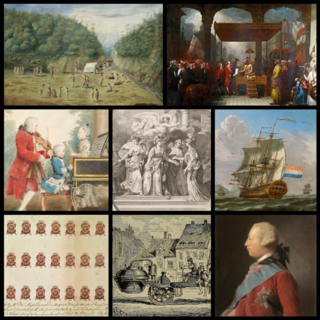
The 1760s was a decade of the Gregorian calendar that began on January 1, 1760, and ended on December 31, 1769.

1742 (MDCCXLII) was a common year starting on Monday of the Gregorian calendar and a common year starting on Friday of the Julian calendar, the 1742nd year of the Common Era (CE) and Anno Domini (AD) designations, the 742nd year of the 2nd millennium, the 42nd year of the 18th century, and the 3rd year of the 1740s decade. As of the start of 1742, the Gregorian calendar was 11 days ahead of the Julian calendar, which remained in localized use until 1923.
The 1730s decade ran from January 1, 1730, to December 31, 1739.

The 1740s decade ran from January 1, 1740, to December 31, 1749. Many events during this decade sparked an impetus for the Age of Reason. Military and technological advances brought one of the first instances of a truly global war to take place here, when Maria Theresa of Austria’s struggle to succeed the various crowns of her father King Charles VI led to a war involving nearly all European states in the War of the Austrian Succession, eventually spilling over to North America with the War of Jenkins’ Ear. Capitalism grew robust following the fallout of the South Sea bubble two decades and the subsequent reign of Sir Robert Walpole, whose rule ended in the earlier half of this decade.

1757 (MDCCLVII) was a common year starting on Saturday of the Gregorian calendar and a common year starting on Wednesday of the Julian calendar, the 1757th year of the Common Era (CE) and Anno Domini (AD) designations, the 757th year of the 2nd millennium, the 57th year of the 18th century, and the 8th year of the 1750s decade. As of the start of 1757, the Gregorian calendar was 11 days ahead of the Julian calendar, which remained in localized use until 1923.
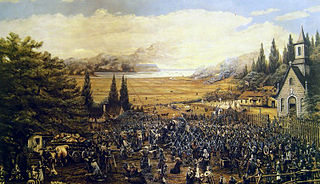
1755 (MDCCLV) was a common year starting on Wednesday of the Gregorian calendar and a common year starting on Sunday of the Julian calendar, the 1755th year of the Common Era (CE) and Anno Domini (AD) designations, the 755th year of the 2nd millennium, the 55th year of the 18th century, and the 6th year of the 1750s decade. As of the start of 1755, the Gregorian calendar was 11 days ahead of the Julian calendar, which remained in localized use until 1923.
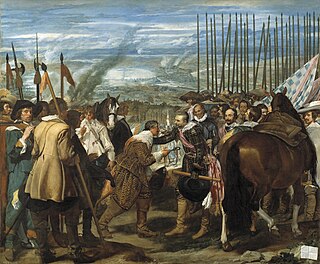
1625 (MDCXXV) was a common year starting on Wednesday of the Gregorian calendar and a common year starting on Saturday of the Julian calendar, the 1625th year of the Common Era (CE) and Anno Domini (AD) designations, the 625th year of the 2nd millennium, the 25th year of the 17th century, and the 6th year of the 1620s decade. As of the start of 1625, the Gregorian calendar was 10 days ahead of the Julian calendar, which remained in localized use until 1923.

.

1758 (MDCCLVIII) was a common year starting on Sunday of the Gregorian calendar and a common year starting on Thursday of the Julian calendar, the 1758th year of the Common Era (CE) and Anno Domini (AD) designations, the 758th year of the 2nd millennium, the 58th year of the 18th century, and the 9th year of the 1750s decade. As of the start of 1758, the Gregorian calendar was 11 days ahead of the Julian calendar, which remained in localized use until 1923.

1732 (MDCCXXXII) was a leap year starting on Tuesday of the Gregorian calendar and a leap year starting on Saturday of the Julian calendar, the 1732nd year of the Common Era (CE) and Anno Domini (AD) designations, the 732nd year of the 2nd millennium, the 32nd year of the 18th century, and the 3rd year of the 1730s decade. As of the start of 1732, the Gregorian calendar was 11 days ahead of the Julian calendar, which remained in localized use until 1923.

1761 (MDCCLXI) was a common year starting on Thursday of the Gregorian calendar and a common year starting on Monday of the Julian calendar, the 1761st year of the Common Era (CE) and Anno Domini (AD) designations, the 761st year of the 2nd millennium, the 61st year of the 18th century, and the 2nd year of the 1760s decade. As of the start of 1761, the Gregorian calendar was 11 days ahead of the Julian calendar, which remained in localized use until 1923.
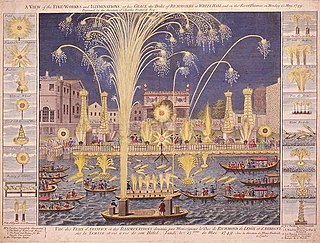
1749 (MDCCXLIX) was a common year starting on Wednesday of the Gregorian calendar and a common year starting on Sunday of the Julian calendar, the 1749th year of the Common Era (CE) and Anno Domini (AD) designations, the 749th year of the 2nd millennium, the 49th year of the 18th century, and the 10th and last year of the 1740s decade. As of the start of 1749, the Gregorian calendar was 11 days ahead of the Julian calendar, which remained in localized use until 1923.
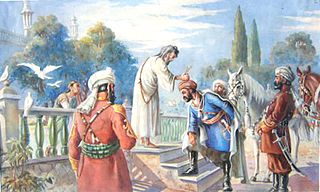
1747 (MDCCXLVII) was a common year starting on Sunday of the Gregorian calendar and a common year starting on Thursday of the Julian calendar, the 1747th year of the Common Era (CE) and Anno Domini (AD) designations, the 747th year of the 2nd millennium, the 47th year of the 18th century, and the 8th year of the 1740s decade. As of the start of 1747, the Gregorian calendar was 11 days ahead of the Julian calendar, which remained in localized use until 1923.
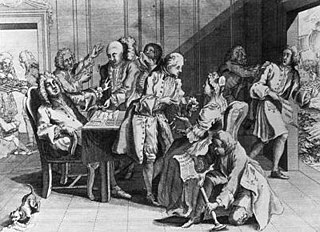
1738 (MDCCXXXVIII) was a common year starting on Wednesday of the Gregorian calendar and a common year starting on Sunday of the Julian calendar, the 1738th year of the Common Era (CE) and Anno Domini (AD) designations, the 738th year of the 2nd millennium, the 38th year of the 18th century, and the 9th year of the 1730s decade. As of the start of 1738, the Gregorian calendar was 11 days ahead of the Julian calendar, which remained in localized use until 1923.

1734 (MDCCXXXIV) was a common year starting on Friday of the Gregorian calendar and a common year starting on Tuesday of the Julian calendar, the 1734th year of the Common Era (CE) and Anno Domini (AD) designations, the 734th year of the 2nd millennium, the 34th year of the 18th century, and the 5th year of the 1730s decade. As of the start of 1734, the Gregorian calendar was 11 days ahead of the Julian calendar, which remained in localized use until 1923.

1733 (MDCCXXXIII) was a common year starting on Thursday of the Gregorian calendar and a common year starting on Monday of the Julian calendar, the 1733rd year of the Common Era (CE) and Anno Domini (AD) designations, the 733rd year of the 2nd millennium, the 33rd year of the 18th century, and the 4th year of the 1730s decade. As of the start of 1733, the Gregorian calendar was 11 days ahead of the Julian calendar, which remained in localized use until 1923.

1721 (MDCCXXI) was a common year starting on Wednesday of the Gregorian calendar and a common year starting on Sunday of the Julian calendar, the 1721st year of the Common Era (CE) and Anno Domini (AD) designations, the 721st year of the 2nd millennium, the 21st year of the 18th century, and the 2nd year of the 1720s decade. As of the start of 1721, the Gregorian calendar was 11 days ahead of the Julian calendar, which remained in localized use until 1923.

1699 (MDCXCIX) was a common year starting on Thursday of the Gregorian calendar and a common year starting on Sunday of the Julian calendar, the 1699th year of the Common Era (CE) and Anno Domini (AD) designations, the 699th year of the 2nd millennium, the 99th year of the 17th century, and the 10th and last year of the 1690s decade. As of the start of 1699, the Gregorian calendar was 10 days ahead of the Julian calendar, which remained in localized use until 1923.

1684 (MDCLXXXIV) was a leap year starting on Saturday of the Gregorian calendar and a leap year starting on Tuesday of the Julian calendar, the 1684th year of the Common Era (CE) and Anno Domini (AD) designations, the 684th year of the 2nd millennium, the 84th year of the 17th century, and the 5th year of the 1680s decade. As of the start of 1684, the Gregorian calendar was 10 days ahead of the Julian calendar, which remained in localized use until 1923.

The Asiento de Negros was a monopoly contract between the Spanish Crown and various merchants for the right to provide enslaved Africans to colonies in the Spanish Americas. The Spanish Empire rarely engaged in the transatlantic slave trade directly from Africa itself, choosing instead to contract out the importation to foreign merchants from nations more prominent in that part of the world, typically Portuguese and Genoese, but later the Dutch, French, and British. The Asiento did not concern French or British Caribbean but Spanish America.






















